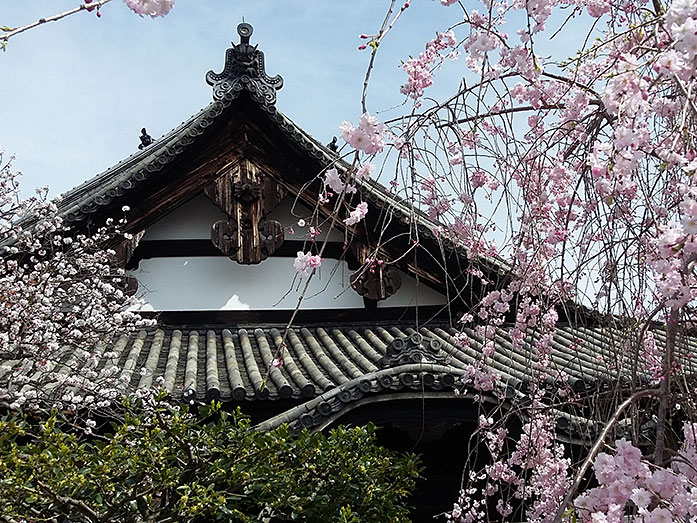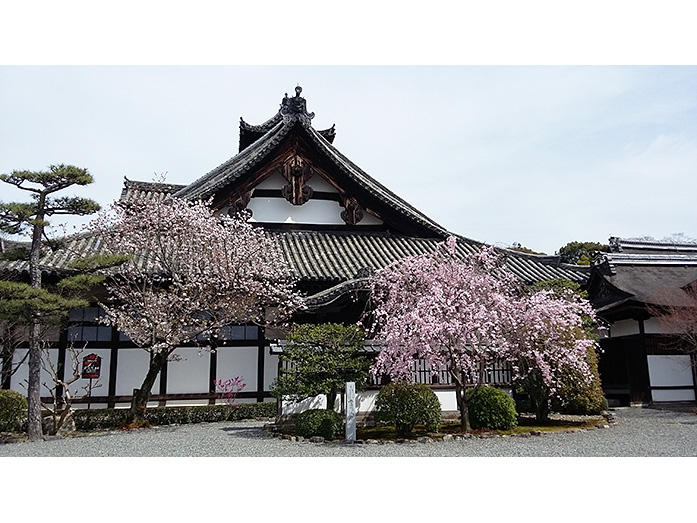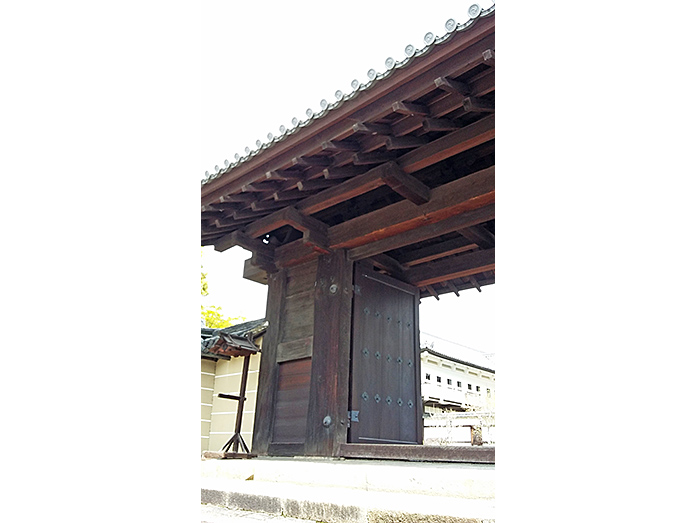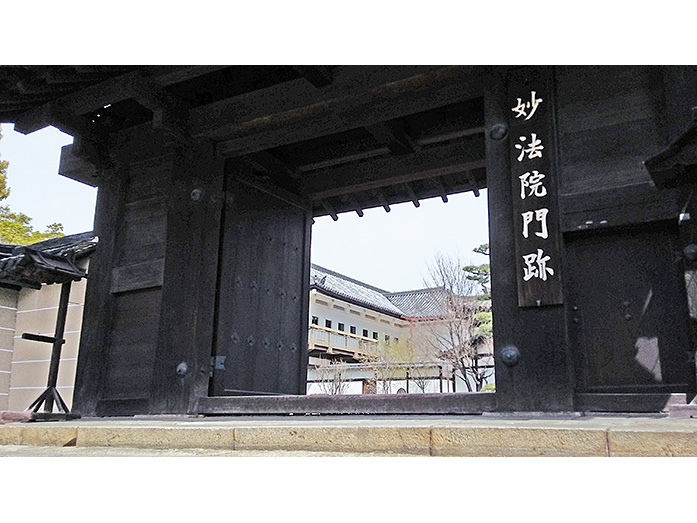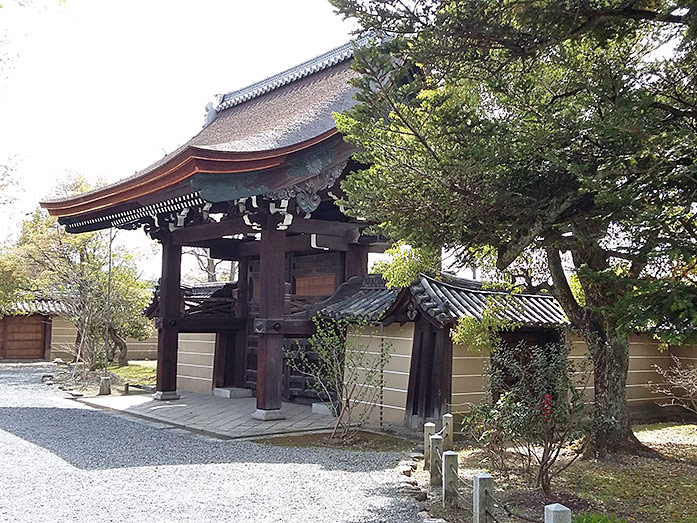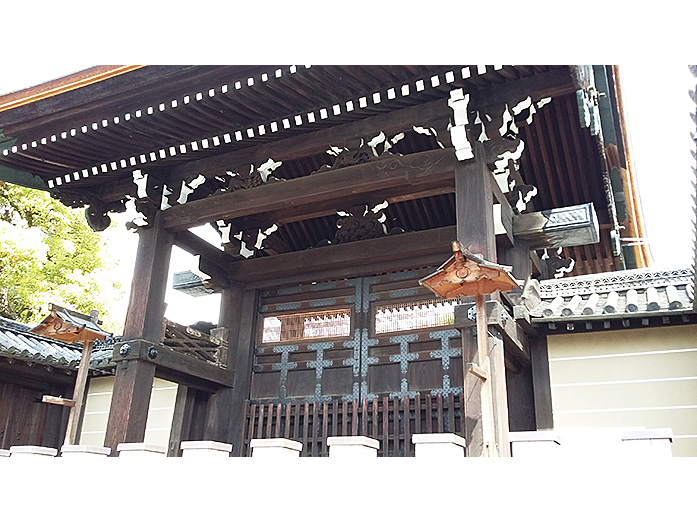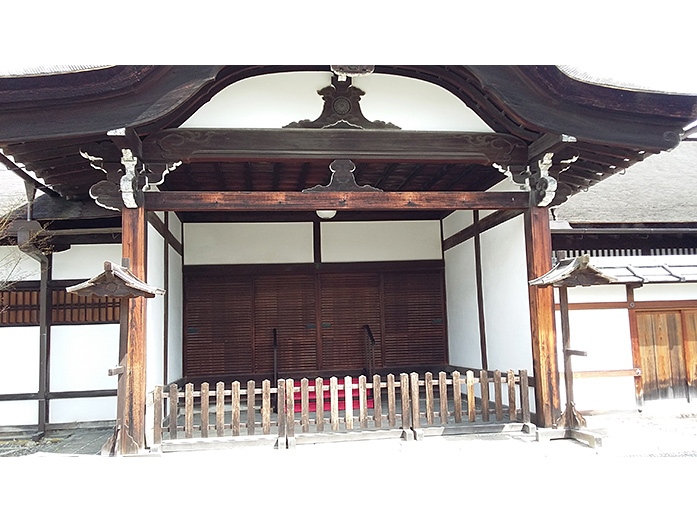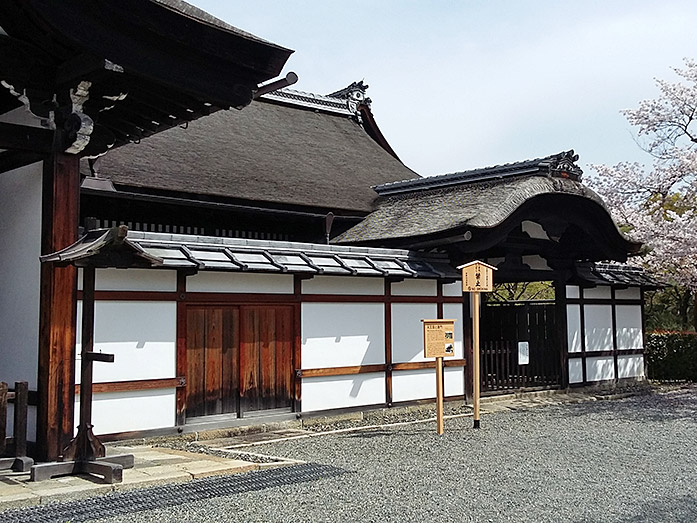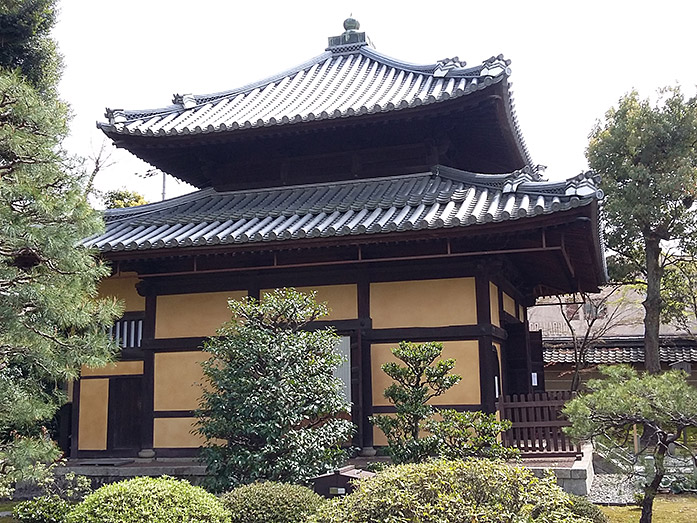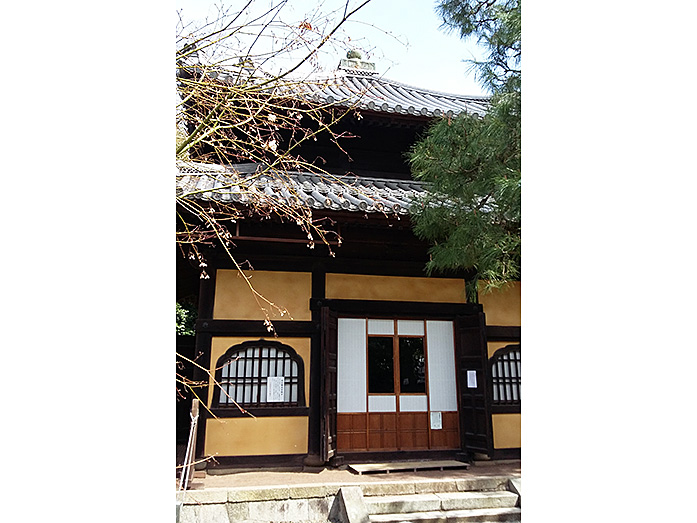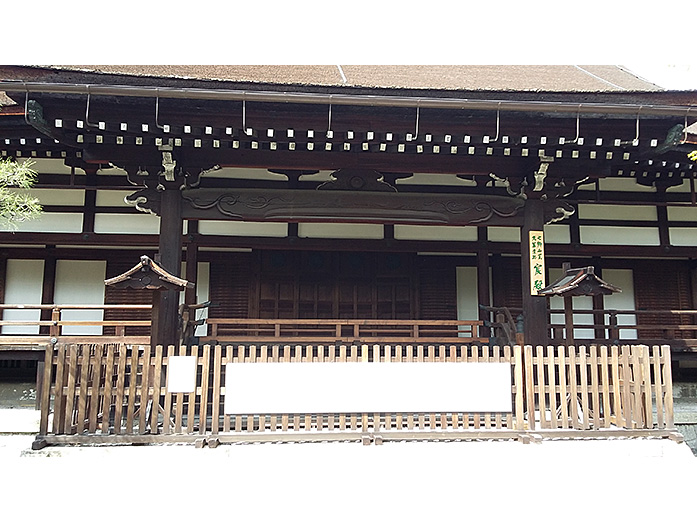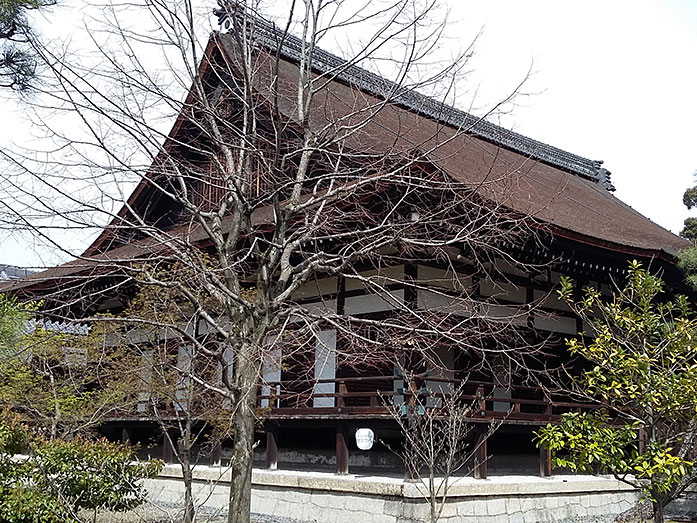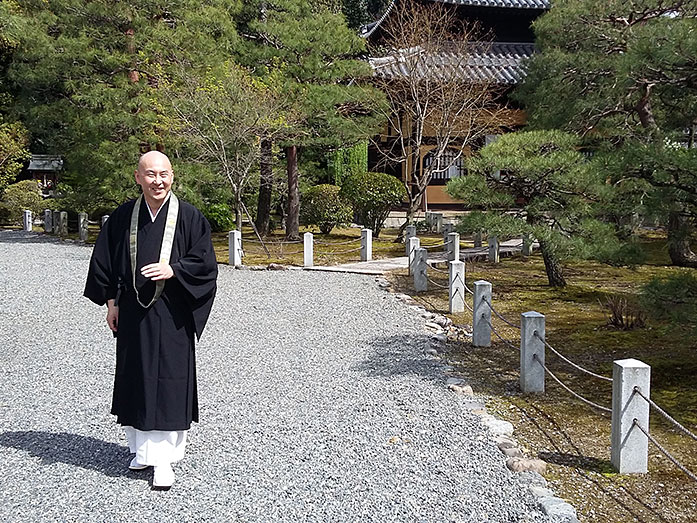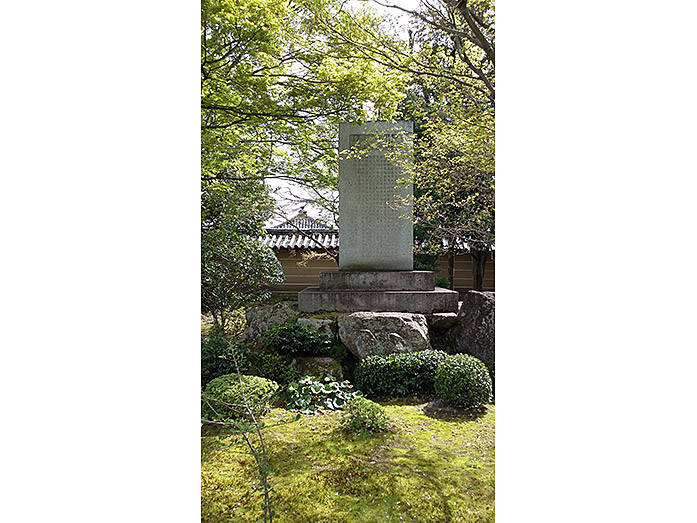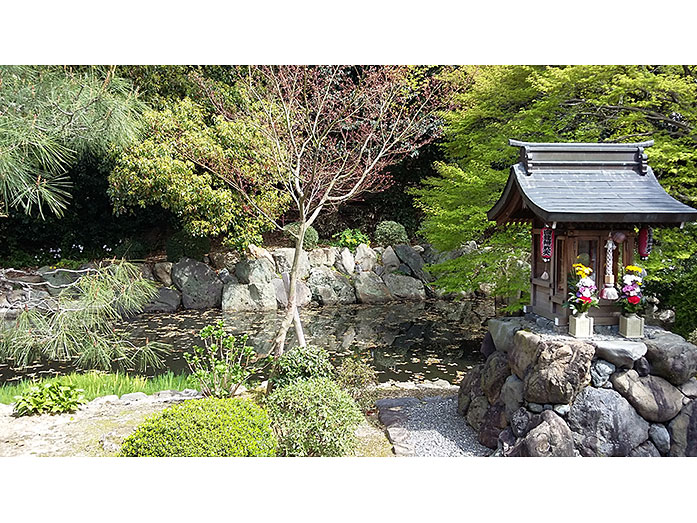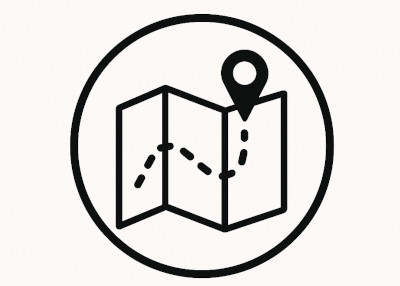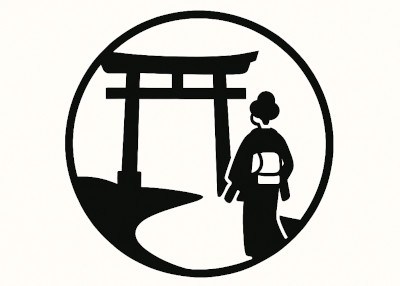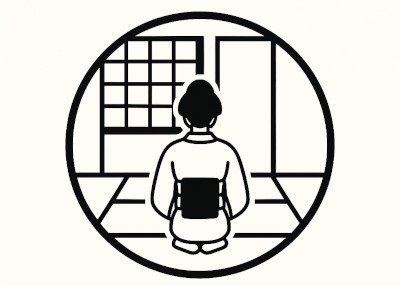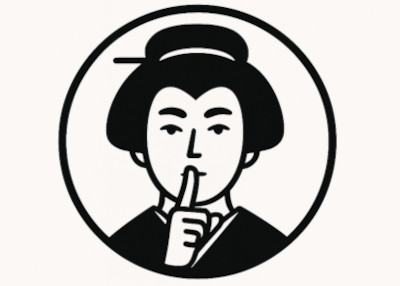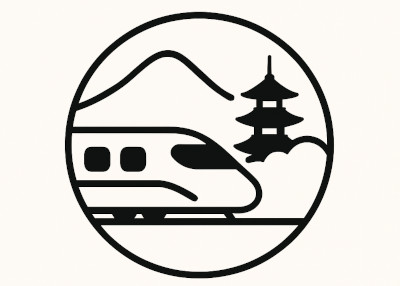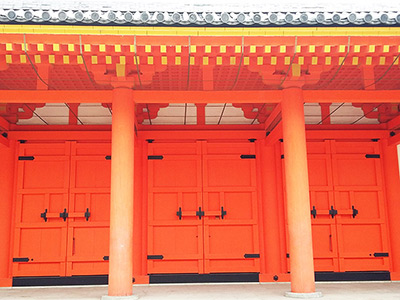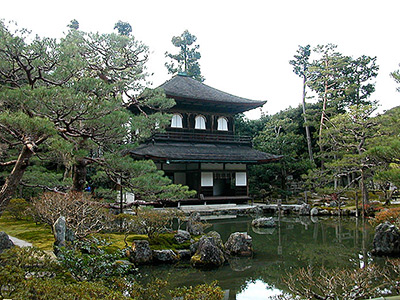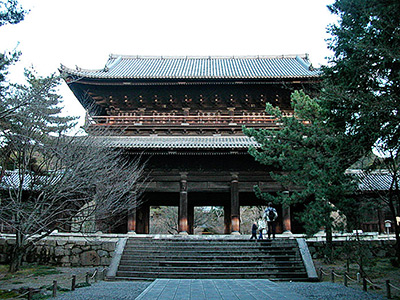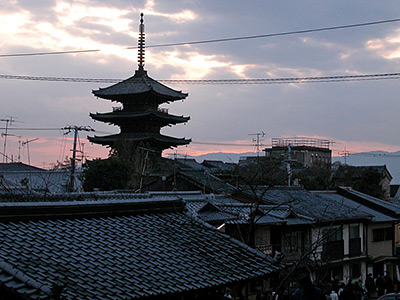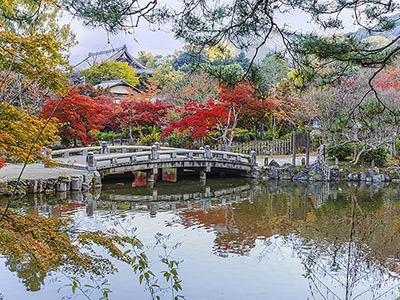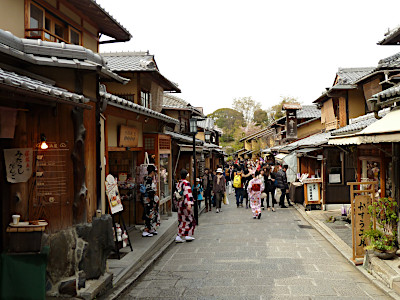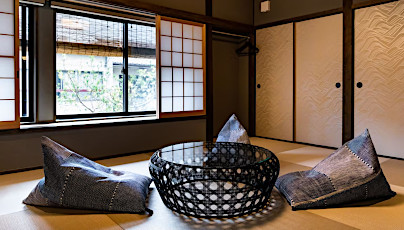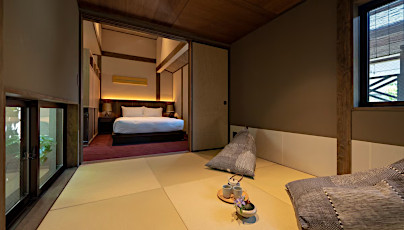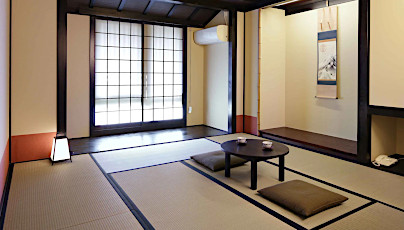Myoho-in Temple in Kyoto
This post can contain affiliate links, which means that we may receive a small commission if you make a purchase using these links.
Facts & Figures
Myoho-in is a Buddhist temple and belongs to the Tendai Sect. After entering the temple grounds through the huge gate you will see a building called Kuri (Priest´s Quarter). It is a large wooden structure hosting the kitchen and offices of the Myoho-in Monzeki temple and belongs to the list of National Treasures in Japan. The Japanese artwork on sliding doors is an amazing sight. The drawing styles are known as Dai-shoin and Dai-genkan. These styles were developed by the art school of Kano.
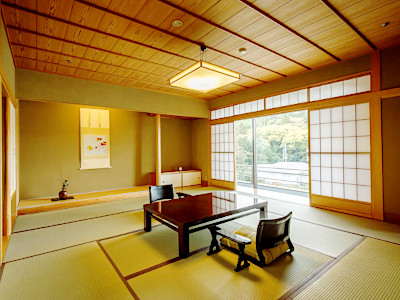 Best Places to Stay in Kyoto >
Unfortunately, most of the time the temple facilities and the famous garden are not open to the public. Interesting to know that in the past the head priests of Myoho-in were traditionally members of the Imperial family. The monks at Myoho-in are also responsible for the operations of Sanjusangen-do.
Best Places to Stay in Kyoto >
Unfortunately, most of the time the temple facilities and the famous garden are not open to the public. Interesting to know that in the past the head priests of Myoho-in were traditionally members of the Imperial family. The monks at Myoho-in are also responsible for the operations of Sanjusangen-do.
- Myoho-in Temple:
- Opening Hours - 9:00 am to 4:00 pm (most of the places are only open to the public in Spring and Autumn)
- Admission Fee - 800 yen (Adults)
History
Myoho-in was established in 1158 as a Monzeki temple of the Tendai sect. The word Monzeki stands for Japanese Buddhist priests of imperial lineage. In 1595 famous daimyo Toyotomi Hideyoshi (1536 - 1598) constructed the priest´s quarter (Kuri) at the temple grounds. Myoho-in served also for a short period as the Imperial Palace after the original was destroyed by fire.
Location

Myoho-in is located within the Higashiyama Ward near Sanjusangen-do Temple and Kyoto National Museum.
Address: 447 Myoho-in Maekawa-cho, Higashiyama-ku, Kyoto
How to get to Myoho-in?
- 10min from Kyoto Station to Hakubutsukan-Sanjusangen-do-Mae stop by bus nr. 100, 206 and 208 and
- 10min walk from Hakubutsukan-Sanjusangen-do-Mae stop to Myoho-in Temple
Sightseeing spots
Top:
Kuri - The priest´s quarter is a National Treasure of Japan and dates back to the Momoyama period in 1595.
OO-Genkan - This is the grand black and white entrance gate to the temple.
Festival & Events in Kyoto (dates can change without notice)
April
Miyako Odori (1st - 31st)
The traditional annual spring dance of the Kyoto district Gion Kobu performed by Geiko and Maiko is a must-see on your Kyoto visit. Don't miss the most popular dances the Miyako Odori "Cherry Blossom Dances" or "Dances of the Old Capital" at the Gion Kobu Kaburenjo Theater (located close to Gion Corner).
May
Aoi Matsuri (15th)
The highlight of this festival is a large parade from the Imperial Palace through the Shimogamo Shrine to the Kamigamo Shrine. More than 500 people wearing aristocratic costumes from the Heian Period (794 - 1185). The Aoi Matsuri belongs with the Gion Matsuri and Jidai Matsuri as the three most famous festivals in Kyoto.
June
Aoba Matsuri (Green Leaf Festival) at Chishaku-in (15th)
The festival is an ancient ritual of followers of the Shingon sect of Buddhism, which is called Yamabushi. They participate in a series of ceremonies like celebrating the birth of founder Kobo-Daishi (744 - 835).
July
Gion Matsuri (whole month)
The month of July is full of different events like the Yoiyama - Kyoto's Magical Night (locals in kimonos look at the giant Gion floats the day before the parade) or the famous Yamaboko Junko (float procession on the 17th of July).
October
Jidai Matsuri ("Festival of Ages") (22nd)
People celebrate with a large parade between Imperial Palace to Heian Shrine the anniversary of the foundation of Kyoto. App. 2000 participants wearing historical costumes from different time periods. Enjoy this great festival which lasts around 2 hours.
Where to stay in Kyoto?
Book your Flight Tickets and Rental Car for your Japan trip
Day trips from Kyoto:
Travelers who viewed Myoho-in Temple viewed also:
Top rated - Best Machiya Houses in Kyoto
THE MACHIYA Ebisuya, 192 Ebisuya-cho Shimogyo-ku, Kyoto 600-8062
This 3-star guesthouse got an excellent rating. All 30 individually furnished rooms offer free WiFi, air conditioning, bathrooms incl. toilets, fridges, 40-inch flat-screen TVs, and more. THE MACHIYA Ebisuya is located in central Kyoto.
View on Expedia.com
This 3-star guesthouse got an excellent rating. All 30 individually furnished rooms offer free WiFi, air conditioning, bathrooms incl. toilets, fridges, 40-inch flat-screen TVs, and more. THE MACHIYA Ebisuya is located in central Kyoto.
View on Expedia.com
The Machiya Kazahaya, 570-6 Kazahayacho, Shimogyo-ku, Kyoto, Kyoto, 600-8475
The Machiya Kazahaya offers for all guest rooms free WiFi, air conditioning, safes, bathrooms with toilets, refrigerators, and much more. Enjoy also the beautiful Japanese Garden. Guests gave this property the rating - Exceptional.
View on Expedia.com
The Machiya Kazahaya offers for all guest rooms free WiFi, air conditioning, safes, bathrooms with toilets, refrigerators, and much more. Enjoy also the beautiful Japanese Garden. Guests gave this property the rating - Exceptional.
View on Expedia.com
Kyomachiya Ryokan Sakura Urushitei, 425 Kichimonjicho, Shimogyo-ku, Kyoto, 600-8069
This beautiful 3-star guesthouse offers 32 rooms with free WiFi, air conditioning, bathrooms incl. showers and toilets, refrigerators, and much more. Enjoy also the relaxing indoor public bath (no minerals). Guests gave this property the rating - Wonderful.
View on Expedia.com
This beautiful 3-star guesthouse offers 32 rooms with free WiFi, air conditioning, bathrooms incl. showers and toilets, refrigerators, and much more. Enjoy also the relaxing indoor public bath (no minerals). Guests gave this property the rating - Wonderful.
View on Expedia.com

